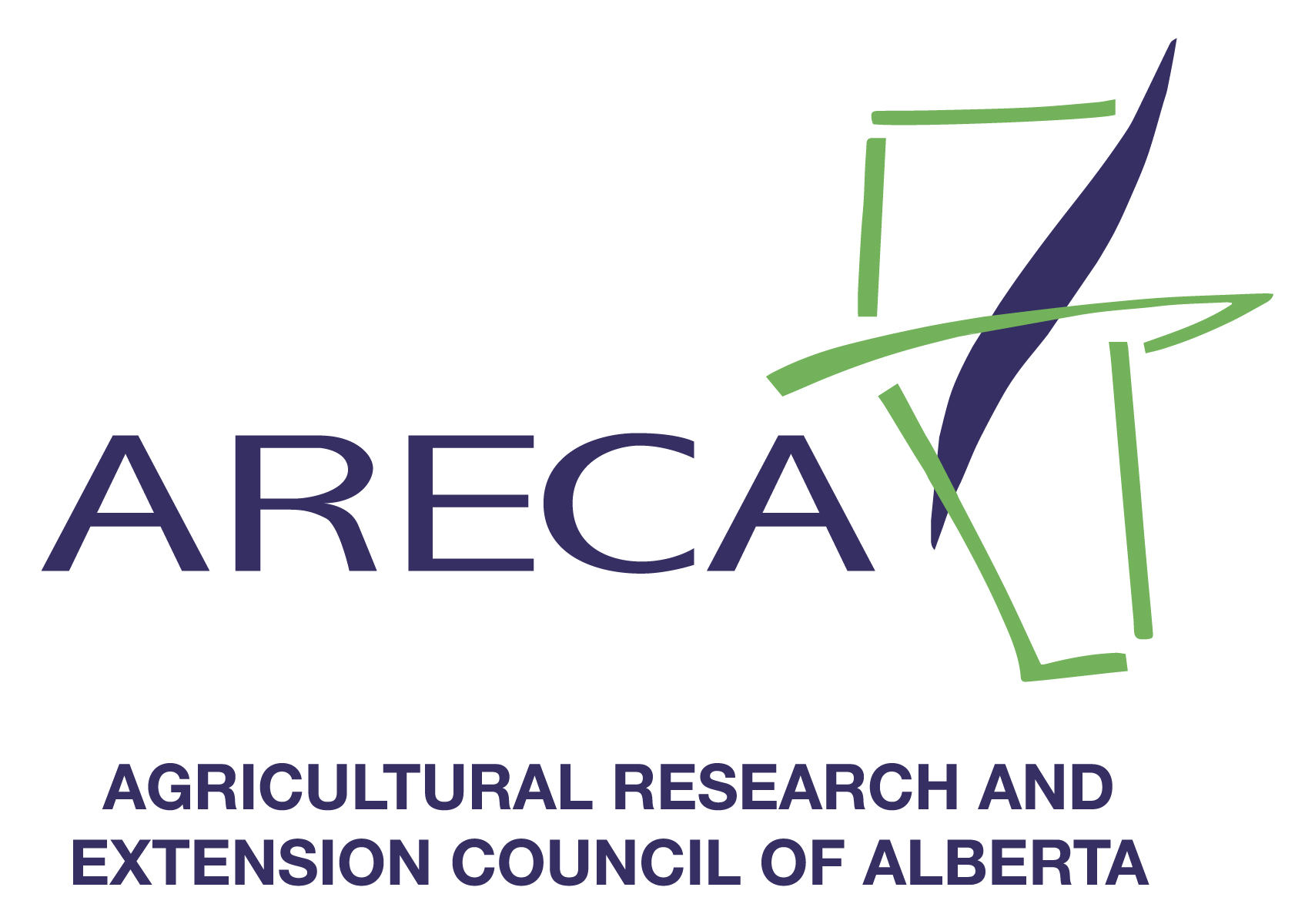A question that comes up repeatedly among producers completing an EFP is what is the difference between “alkaline” and “alkali” soils. The confusion between these terms drives two common misunderstandings. One is the use of alkali and alkaline soils as interchangeable terms. The other misunderstanding relates to saline soils.
Misunderstandings can result in a false assessment of soil condition and therefore, the use of unsuitable management practices. Understanding soil conditions is key to completing an Environmental Farm Plan (EFP) and setting up a proper soil management plan.
Alkaline soil is used to describe a soil with a high pH level (greater than 7.3). Alkali soil describes soil containing sufficient sodium levels to interfere with the growth of most crops. Alkali soil is also defined as having a very high degree of alkalinity (pH of 8.5 or greater) or a high exchangeable sodium content (15 percent or more of the exchange capacity), or both.
Complicating matters is the fact that “saline” and “alkali” are sometimes used interchangeably to describe sodium-saturated soil. Saline soil, however, describes just one type of salt-affected soil. Others include:
Saline soils — contain excess soluble salts in the root zone. High salt concentrations limit the plant root’s ability to take up water and nutrients, which restricts crop growth and reduces yields.
Sodic soils — a non-saline soil containing sufficient exchangeable sodium to interfere with the growth of most crop plants (also called non-saline-alkali soils).
Saline-sodic soils — soils that have a combination of harmful quantities of salts and either a high alkalinity or a high content of exchangeable sodium — or both, which interferes with the growth of crop plants (also called saline-alkali soils).
Although some practices suited to saline soils can be used for saline-sodic soils, sodic soils require different management than saline soils. Sodic soils feature restricted water movement, are easy to get stuck in when wet, form lumpy bed seeds and often have unfavourable pH for crop growth.
Table. Soil Classification based on Sodium Absorption Ratio (SAR), Exchangeable Sodium Percentage (ESP), Electrical Conductivity (EC) and pH levels
| Classification | SAR¹ | ESP² | EC³ | Soil pH |
| Alkaline | <13 | <15 | <4.0 | >7.3 |
| Saline | <13 | <15 | >4.0 | <8.5 |
| Sodic or Nonsaline-Alkali | >13 | >15 | <4.0 | >8.5 |
| Saline-Sodic or Saline-Alkali | >13 | >15 | >4.0 | <8.5 |
¹ SAR is the ratio of Sodium to Calcium and Magnesium
² ESP is the percent sodium of the soil exchange capacity
³ dS/m = mS/cm = mmho/cm
Soil testing key
As the above examples illustrate, there are some complexities involved in assigning terms based on the sodium and pH levels of soil. The only sure way to determine the sodium or pH content of soil is to do a soil test. This process involves collecting appropriate samples from the affected area and having a plan for interpreting the data, using technical resources for assistance if needed.
Assistance available
Information and assistance on soil management, as well as a number of other on-farm environmental practices, is available through a strong network of EFP Technicians throughout the province.
This article may be reprinted with the credit: Alberta Environmental Farm Plan
For more how-to fact sheets or other information, visit www.albertaEFP.com.
 Initiative
Initiative



